Home>Furniture & Design>Bathroom Accessories>Who Invented The First Aid Kit
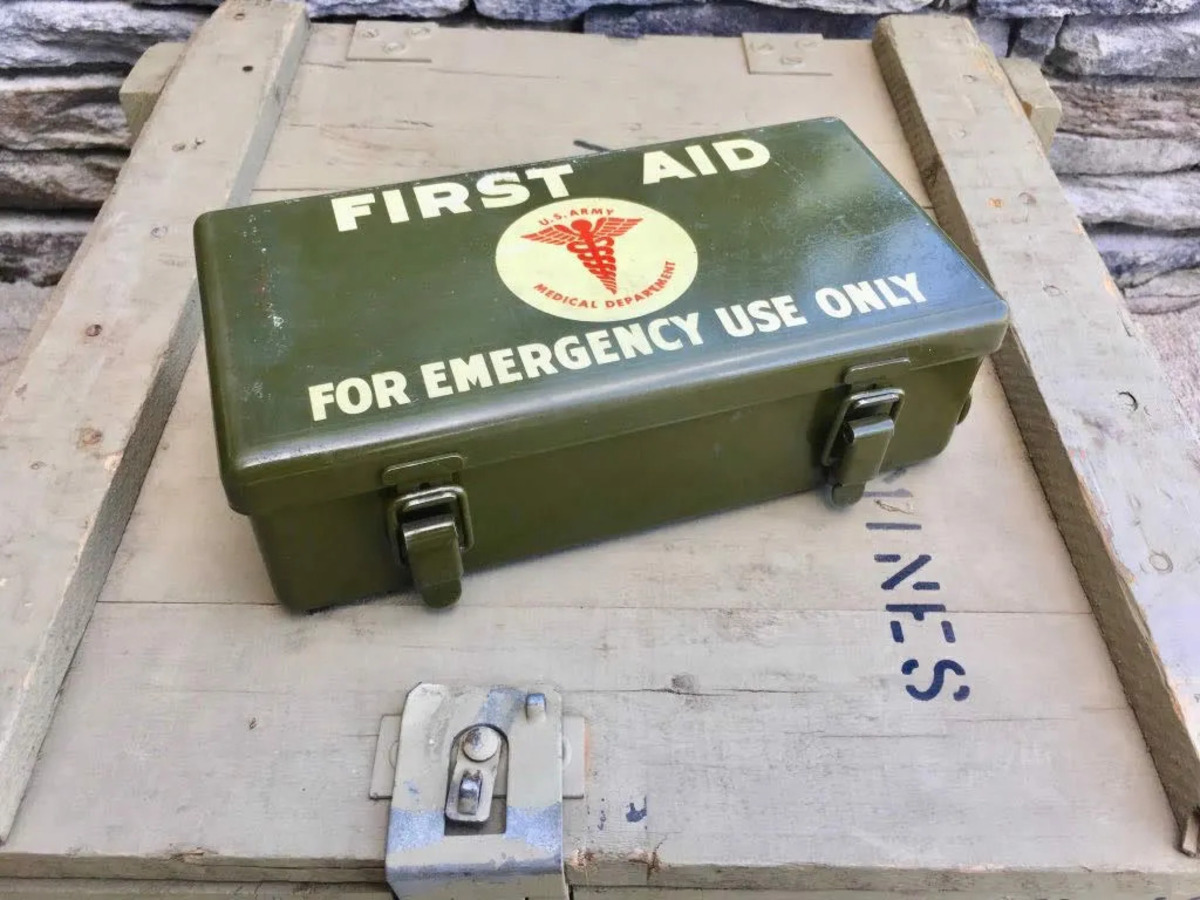

Bathroom Accessories
Who Invented The First Aid Kit
Published: February 10, 2024
Discover the history of the first aid kit and its inventor. Learn about the essential bathroom accessories that have saved countless lives.
(Many of the links in this article redirect to a specific reviewed product. Your purchase of these products through affiliate links helps to generate commission for Storables.com, at no extra cost. Learn more)
Introduction
First aid is a crucial aspect of healthcare that addresses the immediate needs of individuals who have sustained injuries or fallen ill. It encompasses a range of simple yet effective techniques and equipment that can be administered by anyone, regardless of their medical background. The provision of first aid can significantly impact the outcome of an emergency situation, making it a fundamental skill for individuals and communities alike.
Understanding the origins and evolution of first aid is essential in appreciating its significance in modern society. From its humble beginnings to the sophisticated first aid kits available today, the journey of first aid reflects the ingenuity and resourcefulness of humanity in addressing medical emergencies. In this article, we will delve into the history of first aid and explore the invention of the first aid kit, shedding light on the remarkable individuals and developments that have shaped this essential aspect of healthcare.
The evolution of first aid and the invention of the first aid kit are not only fascinating historical subjects but also hold practical relevance in our daily lives. By gaining insight into the origins of first aid, we can develop a deeper appreciation for the tools and techniques that play a vital role in safeguarding the well-being of individuals in times of need. Let's embark on a journey through time to uncover the origins and evolution of the first aid kit, a testament to human innovation and compassion.
Key Takeaways:
- First aid kits were invented to make it easier for people to help others in emergencies. They have evolved from basic supplies to specialized kits for different situations, showing how we care for each other’s well-being.
- The history of first aid kits reflects our commitment to innovation and compassion. They empower individuals to respond effectively to medical emergencies, promoting health, safety, and resilience in communities worldwide.
Read more: What’s In A First Aid Kit
The Origins of First Aid
The concept of providing immediate care to those in need has been ingrained in human society since ancient times. The origins of first aid can be traced back to early civilizations, where individuals relied on basic medical knowledge and natural remedies to address injuries and illnesses. In ancient Greece, for example, battlefield medics known as "medicus" were tasked with tending to wounded soldiers, employing rudimentary techniques to alleviate pain and promote healing. Similarly, ancient Roman armies had dedicated personnel responsible for providing medical assistance to injured warriors on the battlefield.
As societies evolved, so did the practices associated with first aid. In the Middle Ages, the Knights Hospitaller, a prominent order of knights, established hospitals and infirmaries to care for the sick and injured. These institutions not only provided medical treatment but also laid the groundwork for organized first aid services. The Knights Hospitaller's commitment to tending to the health needs of individuals, regardless of their background, exemplified the altruistic spirit that underpins first aid.
The Industrial Revolution marked a significant turning point in the history of first aid. With the rise of industrialization, workplace accidents became more prevalent, prompting the need for structured medical assistance within factories and industrial settings. This led to the establishment of formal first aid training programs and the introduction of basic medical supplies in workplaces to address injuries promptly.
The development of first aid as a structured discipline gained further momentum in the 19th century, driven by the pioneering efforts of individuals such as Florence Nightingale and Clara Barton. These trailblazing figures played pivotal roles in advancing the principles of first aid and advocating for the importance of immediate medical intervention in emergency situations.
The origins of first aid are deeply rooted in the human instinct to care for others in times of distress. From ancient battlefield medics to the modern-day emphasis on widespread first aid education, the evolution of first aid reflects the enduring commitment to preserving life and alleviating suffering. This historical journey sets the stage for understanding the invention of the first aid kit and the subsequent evolution of first aid practices, underscoring the timeless significance of this essential aspect of healthcare.
The First Aid Kit Invention
The invention of the first aid kit marks a pivotal moment in the history of healthcare, revolutionizing the way medical supplies are organized and made accessible for emergency use. The concept of a portable collection of essential medical items tailored for immediate use in treating injuries and illnesses has its roots in the 19th century. While the precise origin of the first aid kit is subject to historical debate, its emergence can be attributed to the growing recognition of the need for readily available medical supplies in various settings, including homes, workplaces, and military environments.
One of the earliest documented instances of a structured first aid kit can be traced back to the efforts of Robert Wood Johnson, a co-founder of Johnson & Johnson, a renowned healthcare company. In 1888, Johnson & Johnson introduced the first commercial first aid kits, which were initially designed for railroad workers. These kits contained essential items such as bandages, dressings, and antiseptic solutions, providing a comprehensive set of supplies to address common injuries sustained in industrial and transportation-related accidents.
The widespread adoption of first aid kits gained momentum following their integration into military practices. During the late 19th and early 20th centuries, military forces recognized the strategic importance of equipping soldiers with compact medical kits to address injuries sustained in combat. The development of military-specific first aid kits not only enhanced the battlefield medical capabilities but also contributed to the popularization of first aid practices among the general populace.
As the concept of first aid gained broader acceptance, the design and contents of first aid kits underwent continuous refinement and customization to cater to diverse needs. The evolution of first aid kits saw the inclusion of specialized items such as tourniquets, splints, and emergency medications, reflecting the evolving understanding of medical emergencies and the corresponding need for tailored interventions.
The invention of the first aid kit represents a significant milestone in the democratization of healthcare, empowering individuals with the means to administer immediate medical assistance in a wide range of scenarios. From household first aid kits to portable kits for outdoor activities, the versatility and accessibility of first aid kits have made them indispensable components of emergency preparedness.
The legacy of the first aid kit invention endures in the form of modern, meticulously curated kits that cater to specific environments and activities, embodying the enduring spirit of innovation and compassion that underpins the field of first aid.
This section provides a glimpse into the historical context and transformative impact of the first aid kit invention, setting the stage for the subsequent evolution of first aid practices and the enduring relevance of these essential medical resources.
The first aid kit was invented by Robert Wood Johnson, the co-founder of Johnson & Johnson, in 1888. He created the kit to provide railroad workers with essential medical supplies for emergencies.
The Evolution of First Aid Kits
The evolution of first aid kits mirrors the dynamic progression of medical knowledge, technological advancements, and societal needs. From their humble beginnings as basic collections of essential supplies to their modern-day iterations tailored for specific environments and activities, first aid kits have continually adapted to meet the evolving demands of emergency medical care.
In the early stages of their evolution, first aid kits primarily consisted of fundamental items such as bandages, antiseptic solutions, and basic medications. These rudimentary kits were designed to address common injuries and ailments encountered in everyday life, providing individuals with the means to administer immediate care in the absence of professional medical assistance.
As medical understanding expanded and new techniques emerged, the contents of first aid kits underwent significant diversification and specialization. The incorporation of advanced medical devices, specialized medications, and innovative wound care products transformed first aid kits into comprehensive resources capable of addressing a wide spectrum of medical emergencies.
The evolution of first aid kits also saw the development of specialized kits tailored for specific environments and activities. Workplace first aid kits, for instance, were equipped with items designed to address industrial injuries, while outdoor first aid kits featured supplies suitable for wilderness emergencies. This customization ensured that first aid kits were optimally suited to the unique challenges posed by different settings, enhancing their effectiveness in providing timely and appropriate medical care.
Furthermore, technological advancements have played a pivotal role in shaping the evolution of first aid kits. The integration of compact and portable medical devices, such as automated external defibrillators (AEDs) and advanced diagnostic tools, has expanded the capabilities of modern first aid kits, enabling individuals to respond to a broader range of medical emergencies with greater confidence and efficacy.
The ongoing evolution of first aid kits reflects the enduring commitment to enhancing emergency medical preparedness and response. As new medical breakthroughs and innovations continue to emerge, first aid kits will undoubtedly evolve further, ensuring that they remain indispensable resources for safeguarding the well-being of individuals in times of need.
This section provides a comprehensive overview of the evolution of first aid kits, highlighting their transformation from basic collections of supplies to sophisticated, specialized resources tailored for diverse environments and medical needs.
Conclusion
The journey through the origins and evolution of first aid kits unveils a remarkable narrative of human ingenuity, compassion, and adaptability. From ancient battlefield medics to the modern-day emphasis on widespread first aid education, the concept of providing immediate medical care has transcended time and continues to be a cornerstone of healthcare.
The invention of the first aid kit represents a pivotal moment in the democratization of healthcare, empowering individuals with the means to administer immediate medical assistance in a wide range of scenarios. The introduction of structured first aid kits, initially tailored for specific occupational settings and later adapted for diverse environments, marked a transformative shift in the accessibility and organization of essential medical supplies.
As the understanding of medical emergencies expanded and societal needs evolved, first aid kits underwent continuous refinement and customization, culminating in the development of specialized kits designed for specific activities and environments. The versatility and accessibility of modern first aid kits have made them indispensable components of emergency preparedness, reflecting the enduring spirit of innovation and compassion that underpins the field of first aid.
The evolution of first aid kits mirrors the dynamic progression of medical knowledge, technological advancements, and societal needs. From their humble beginnings as basic collections of essential supplies to their modern-day iterations tailored for specific environments and activities, first aid kits have continually adapted to meet the evolving demands of emergency medical care.
Looking ahead, the legacy of the first aid kit invention endures in the form of modern, meticulously curated kits that cater to specific environments and activities, embodying the enduring spirit of innovation and compassion that underpins the field of first aid. As new medical breakthroughs and innovations continue to emerge, first aid kits will undoubtedly evolve further, ensuring that they remain indispensable resources for safeguarding the well-being of individuals in times of need.
In conclusion, the invention and evolution of first aid kits stand as a testament to the unwavering commitment to preserving life, alleviating suffering, and empowering individuals to respond effectively to medical emergencies. The enduring relevance of first aid kits underscores their pivotal role in promoting health, safety, and resilience in communities worldwide.
Frequently Asked Questions about Who Invented The First Aid Kit
Was this page helpful?
At Storables.com, we guarantee accurate and reliable information. Our content, validated by Expert Board Contributors, is crafted following stringent Editorial Policies. We're committed to providing you with well-researched, expert-backed insights for all your informational needs.
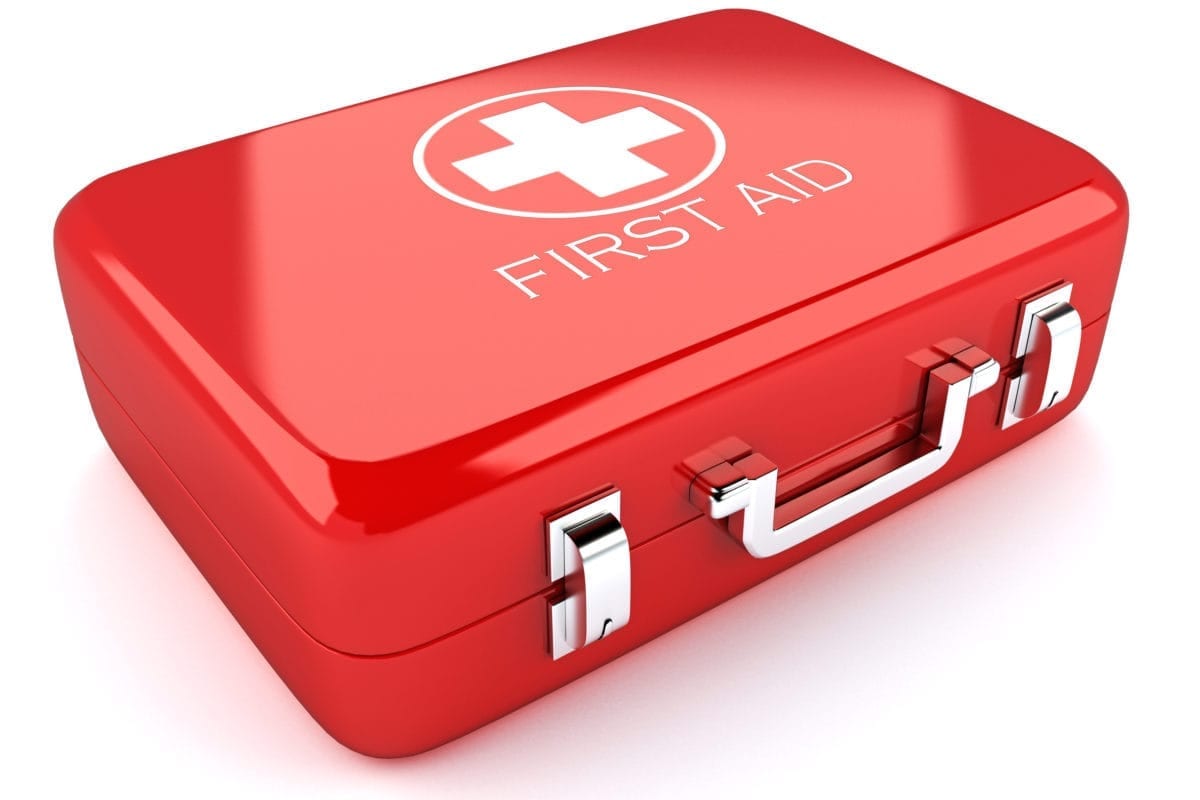
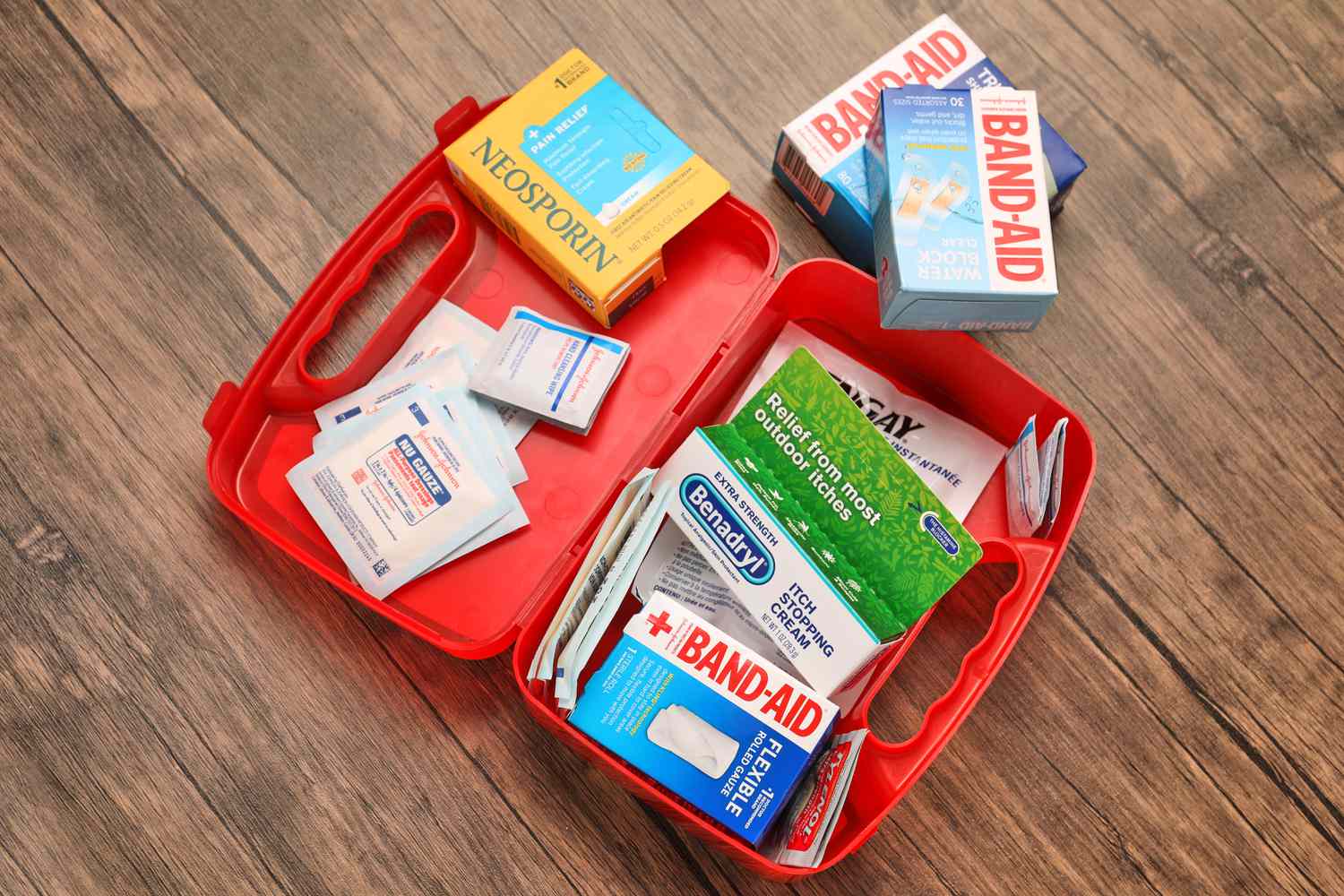
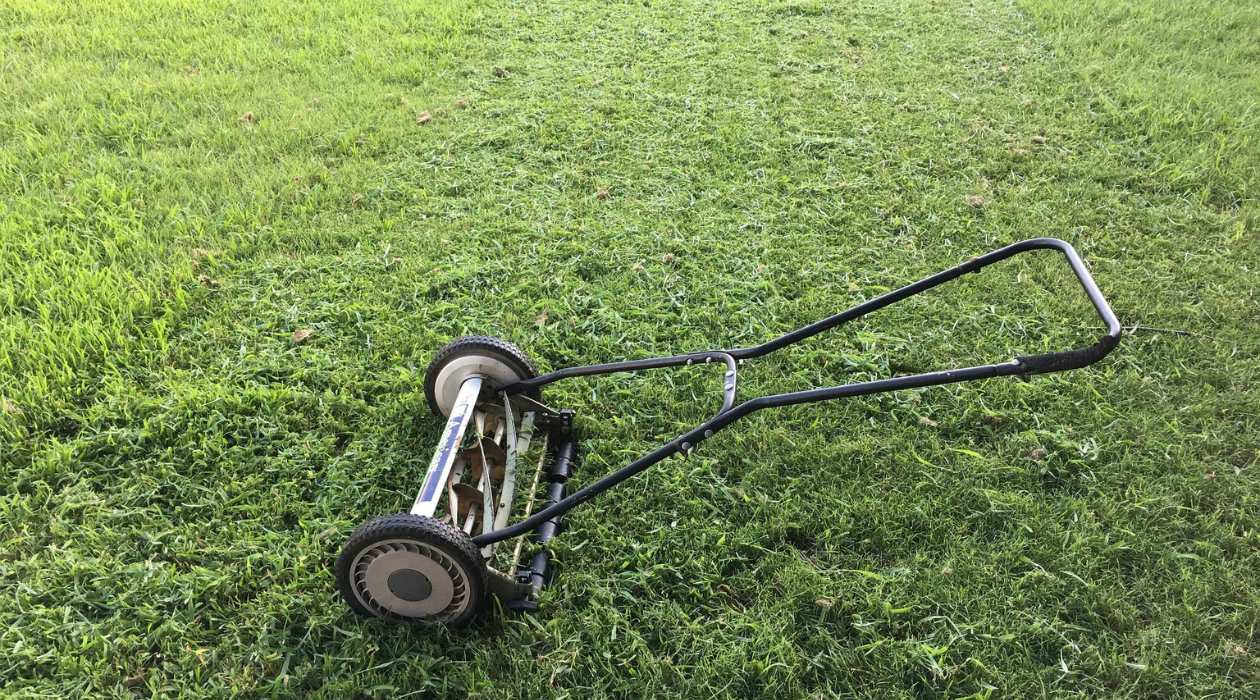
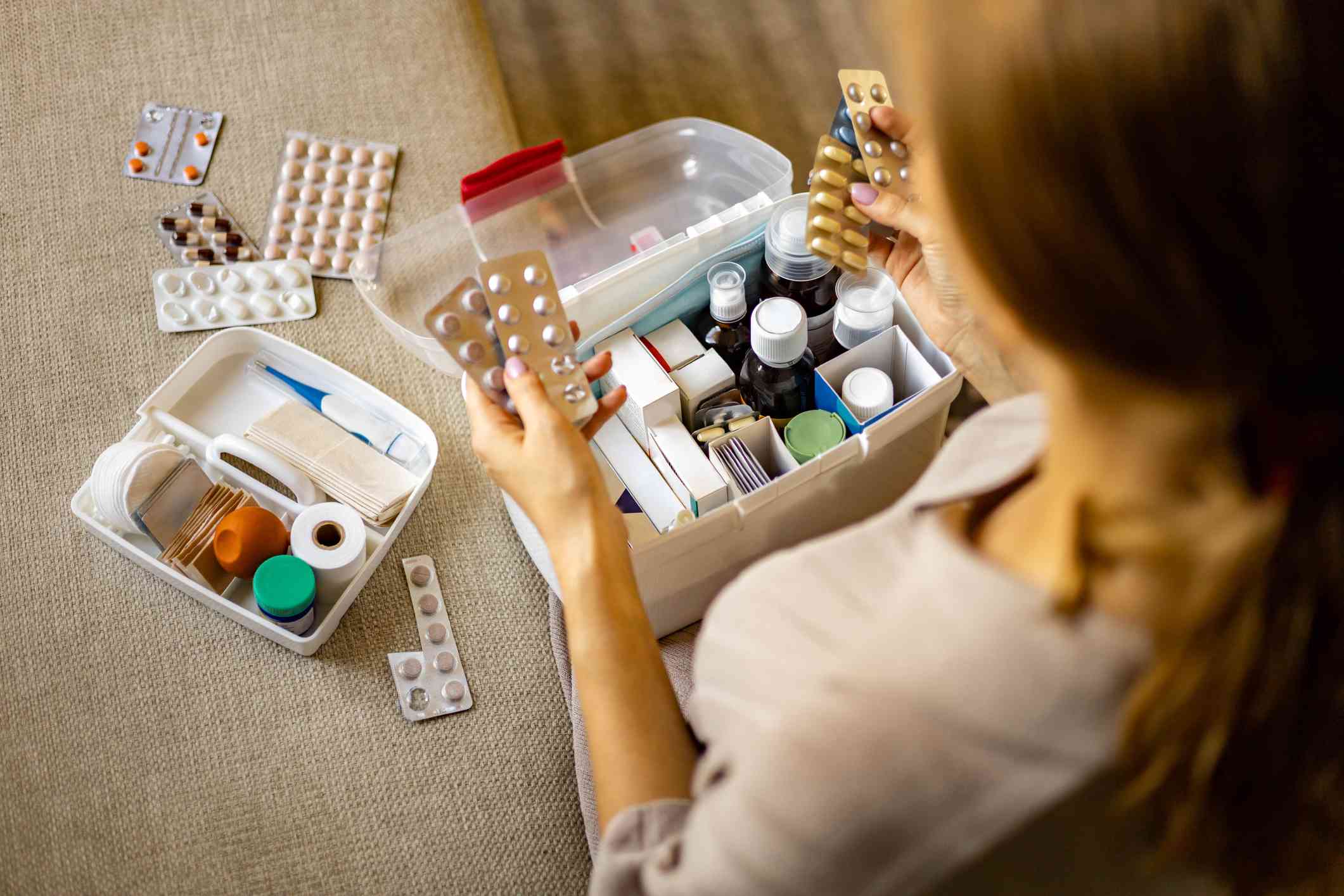
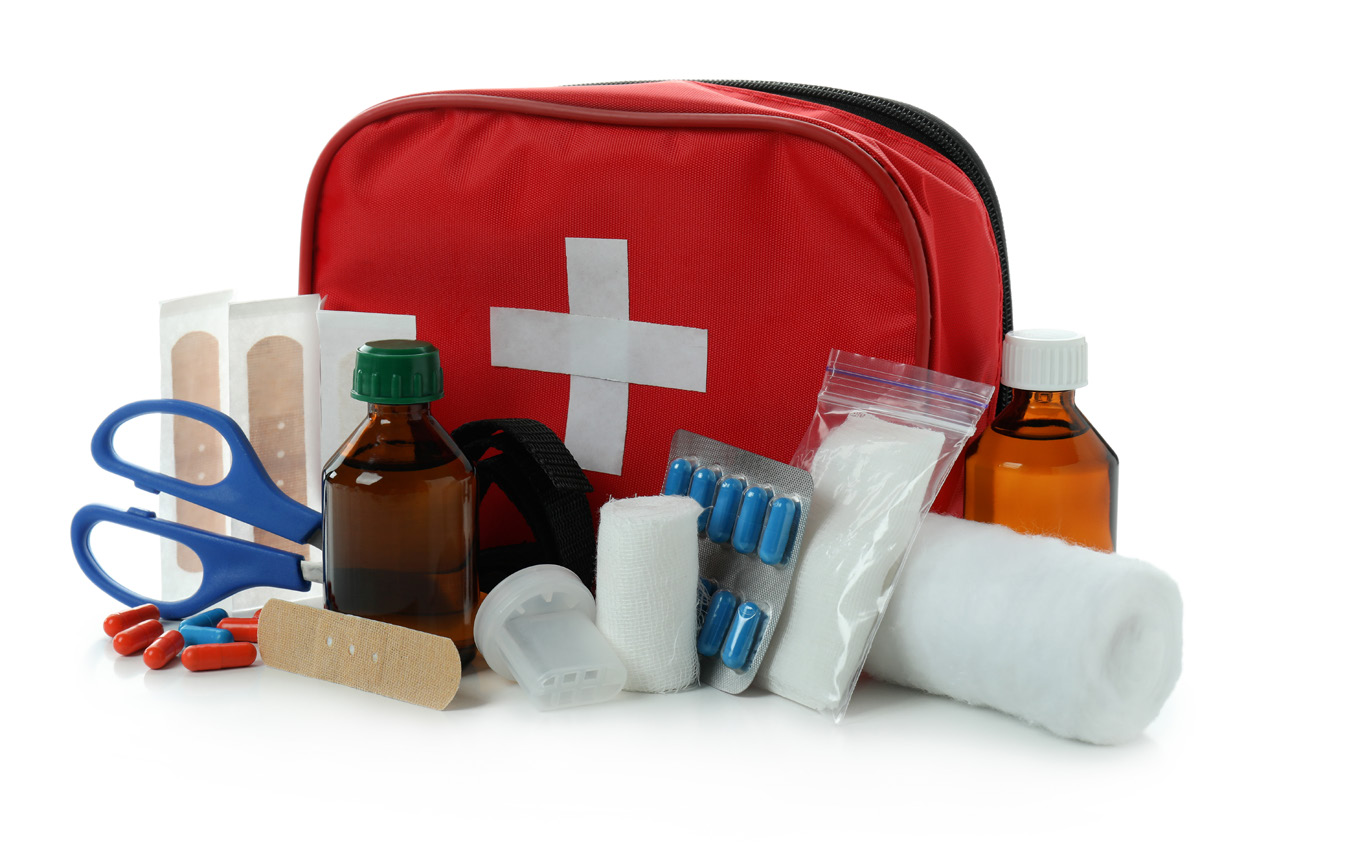
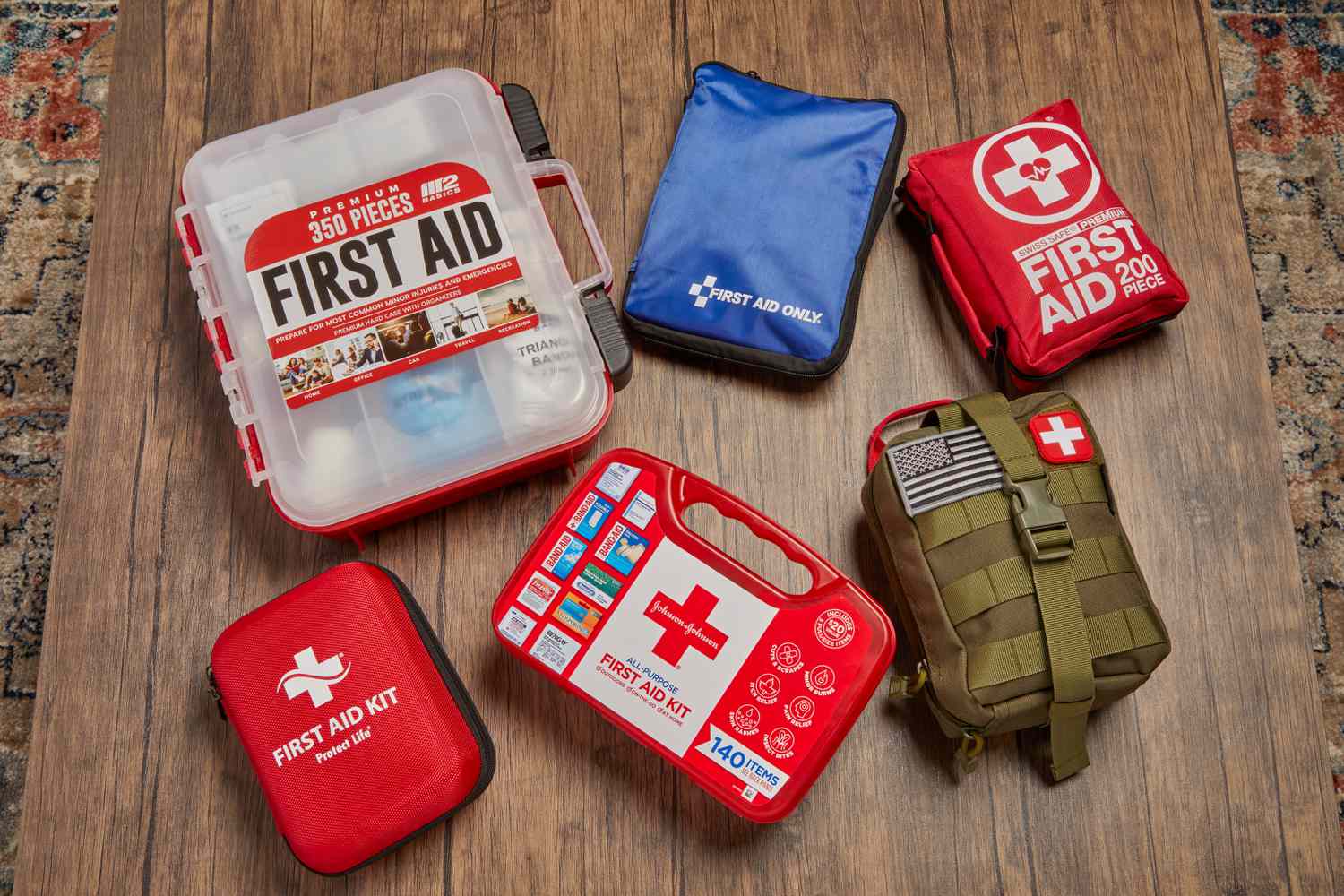
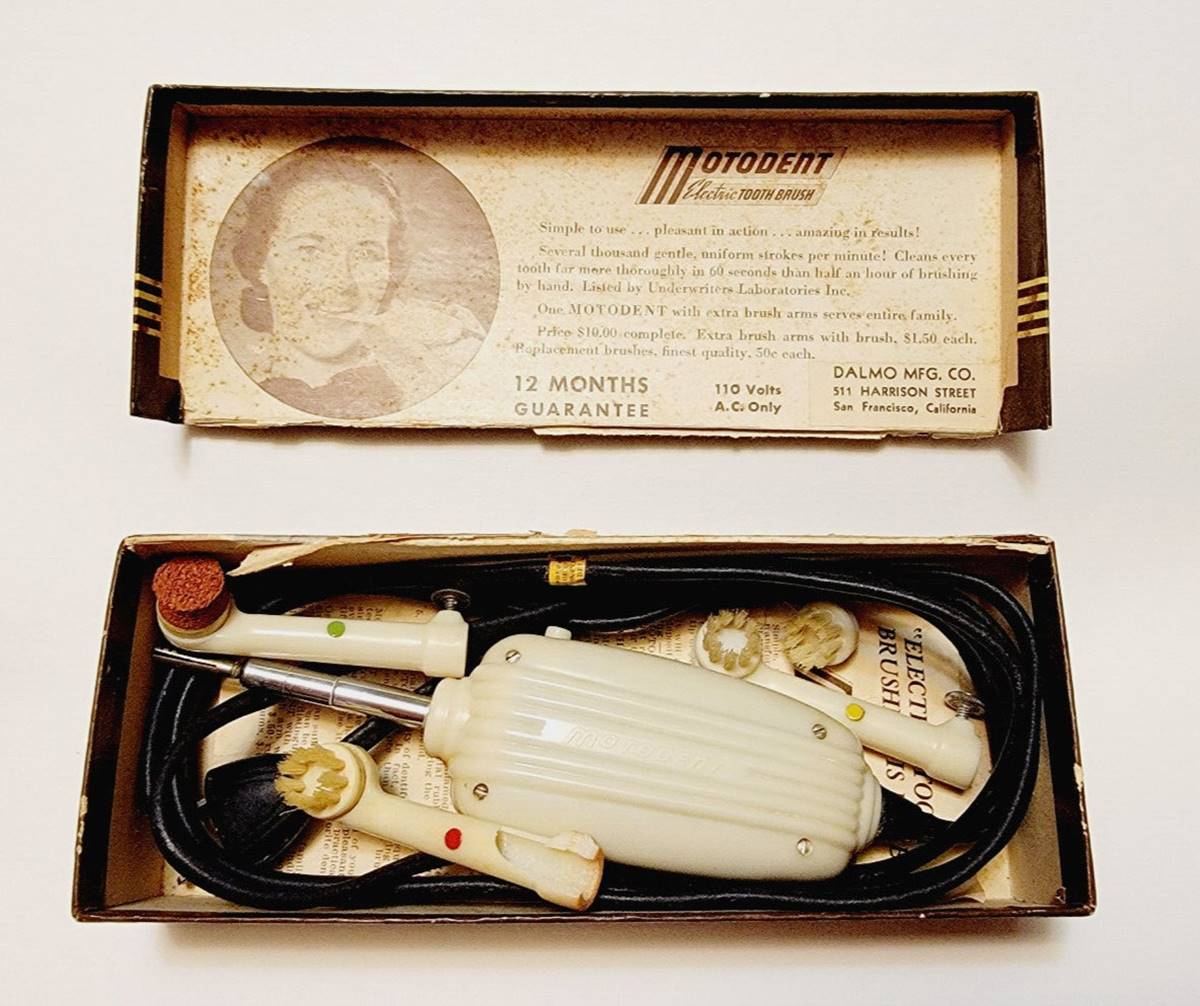
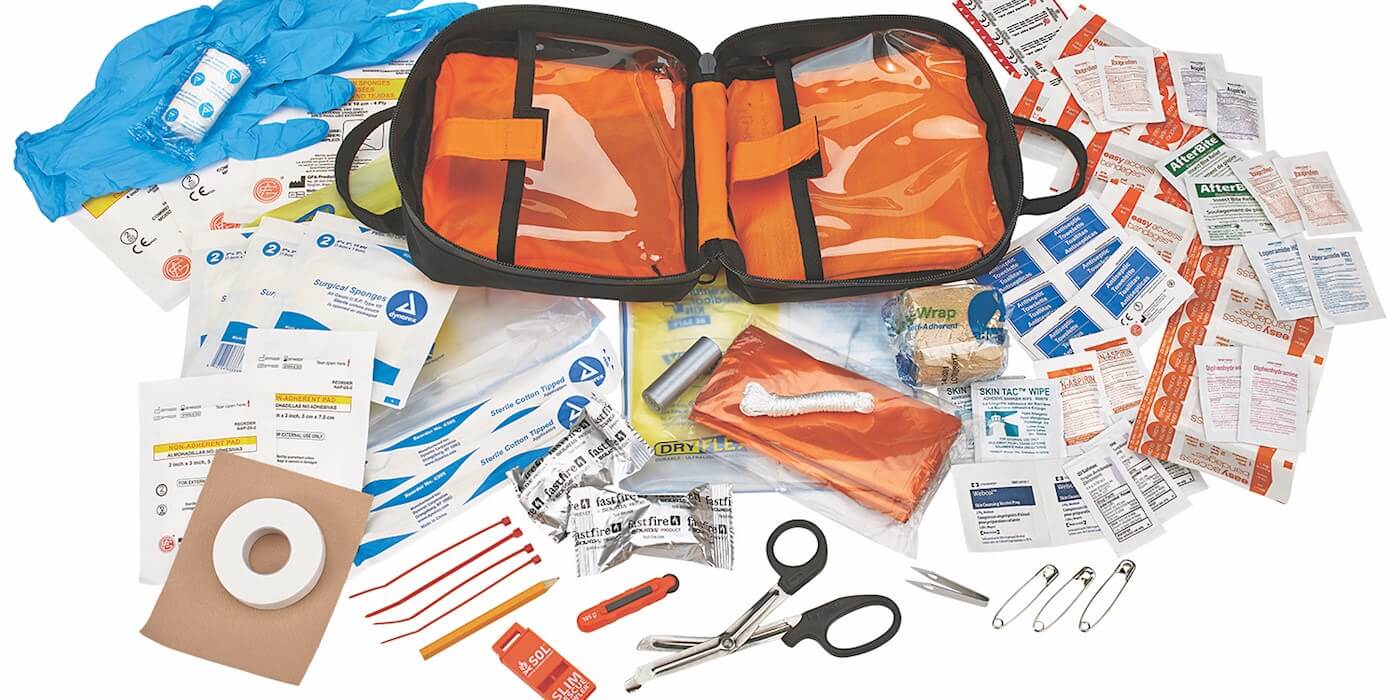
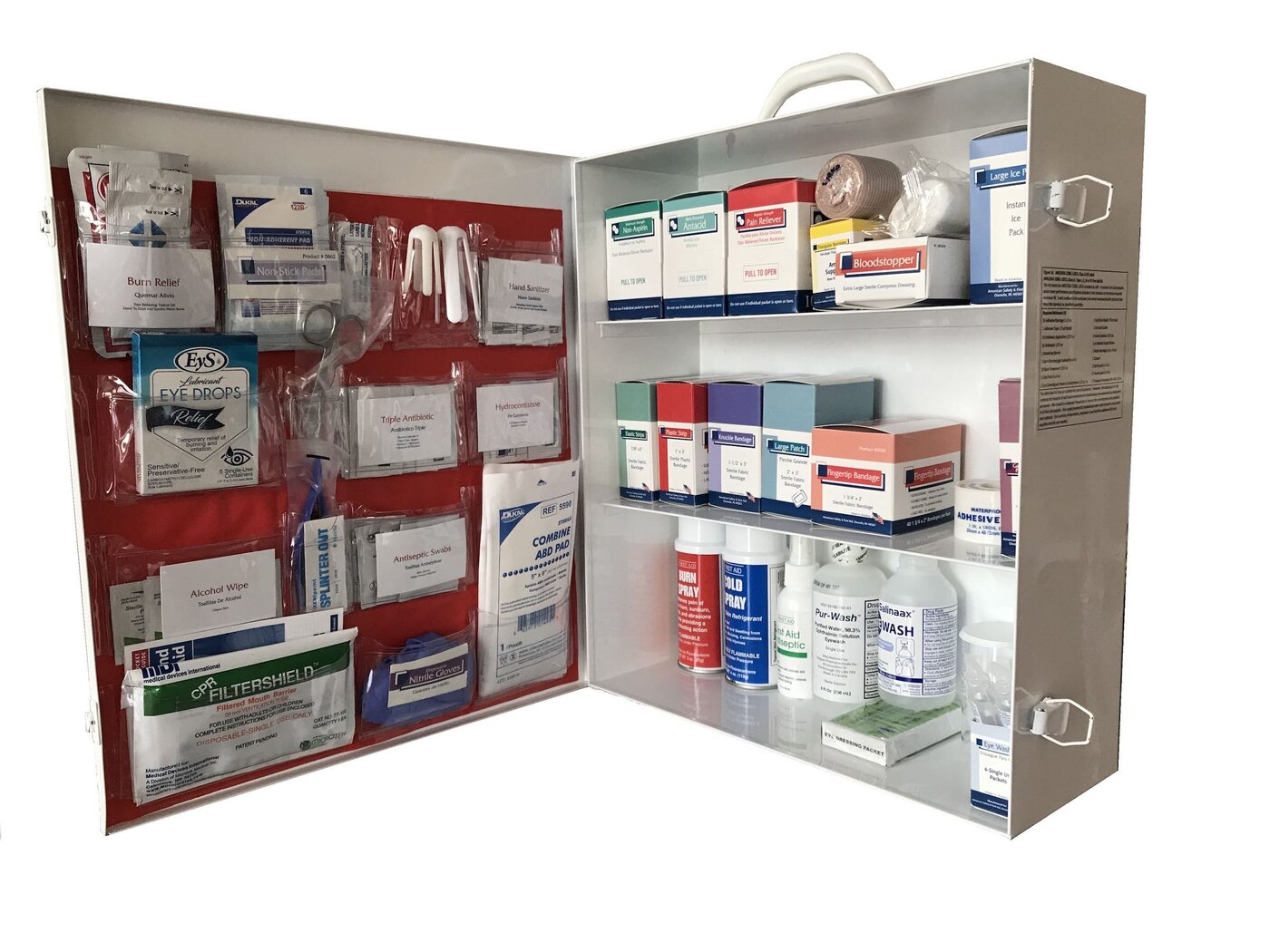
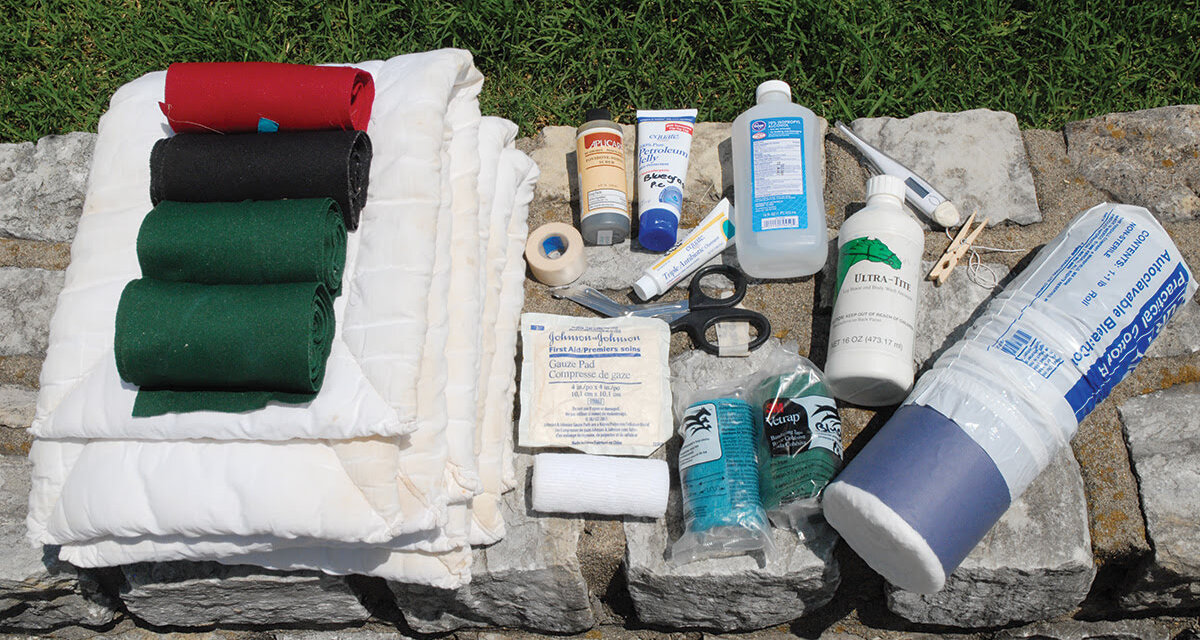
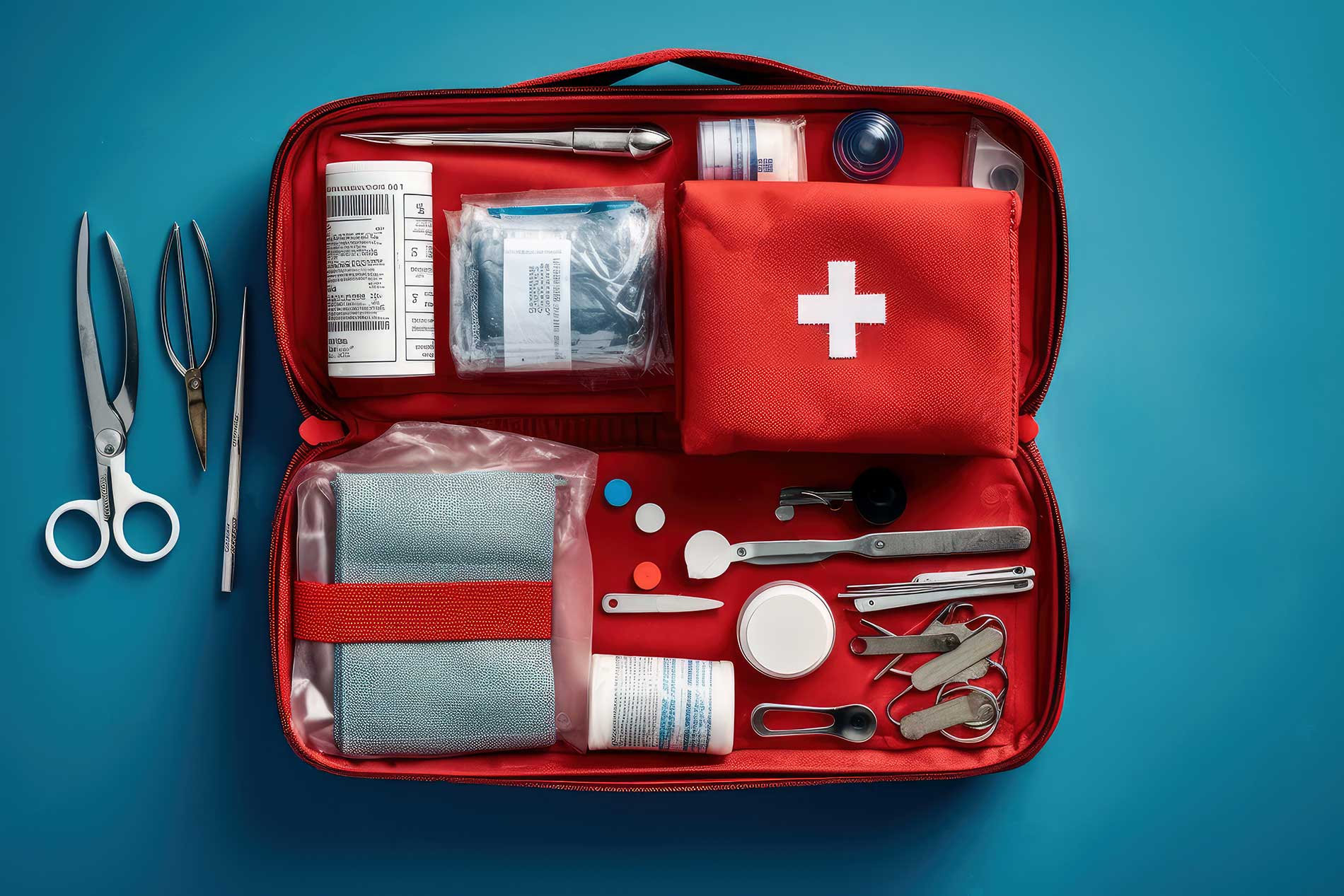
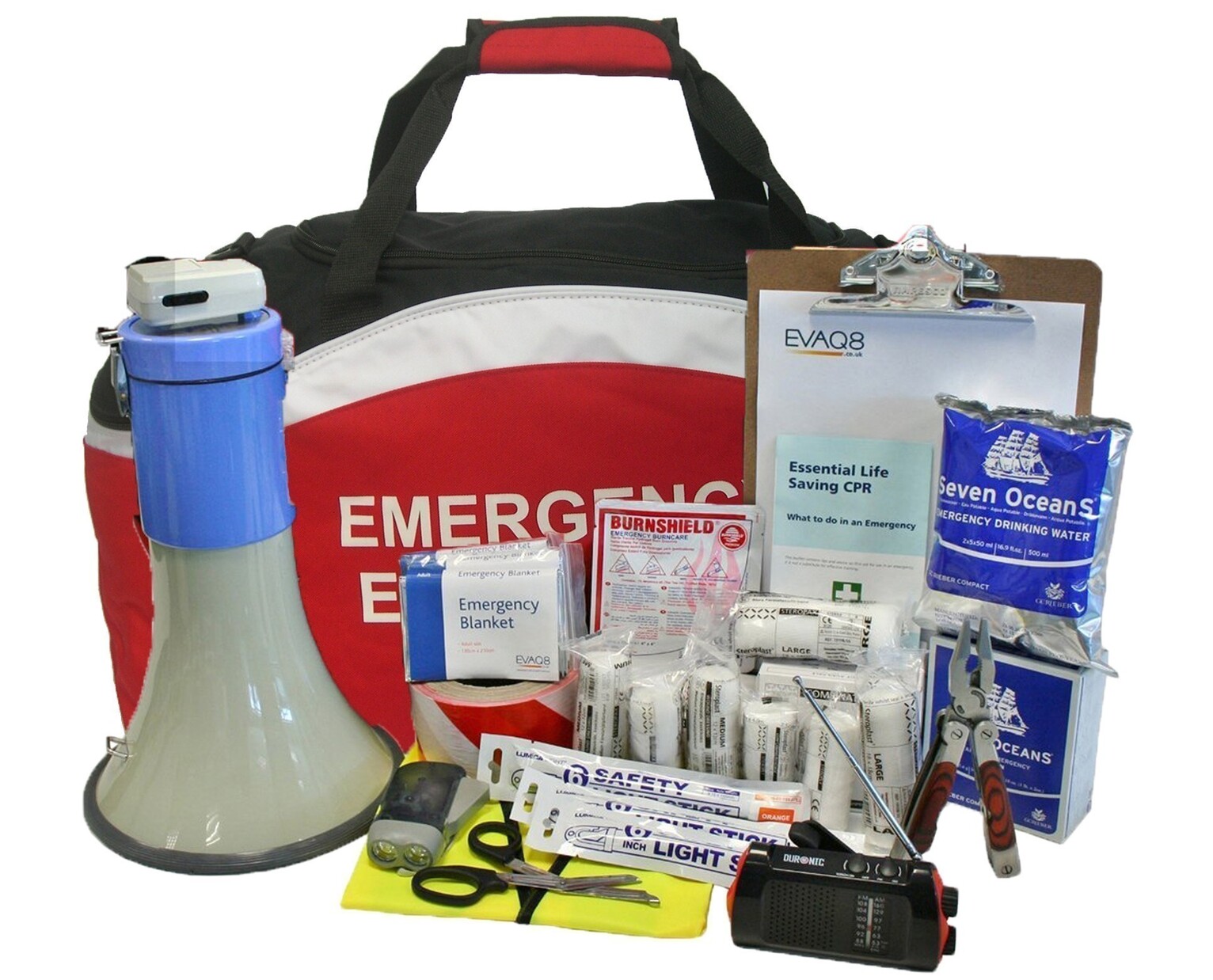
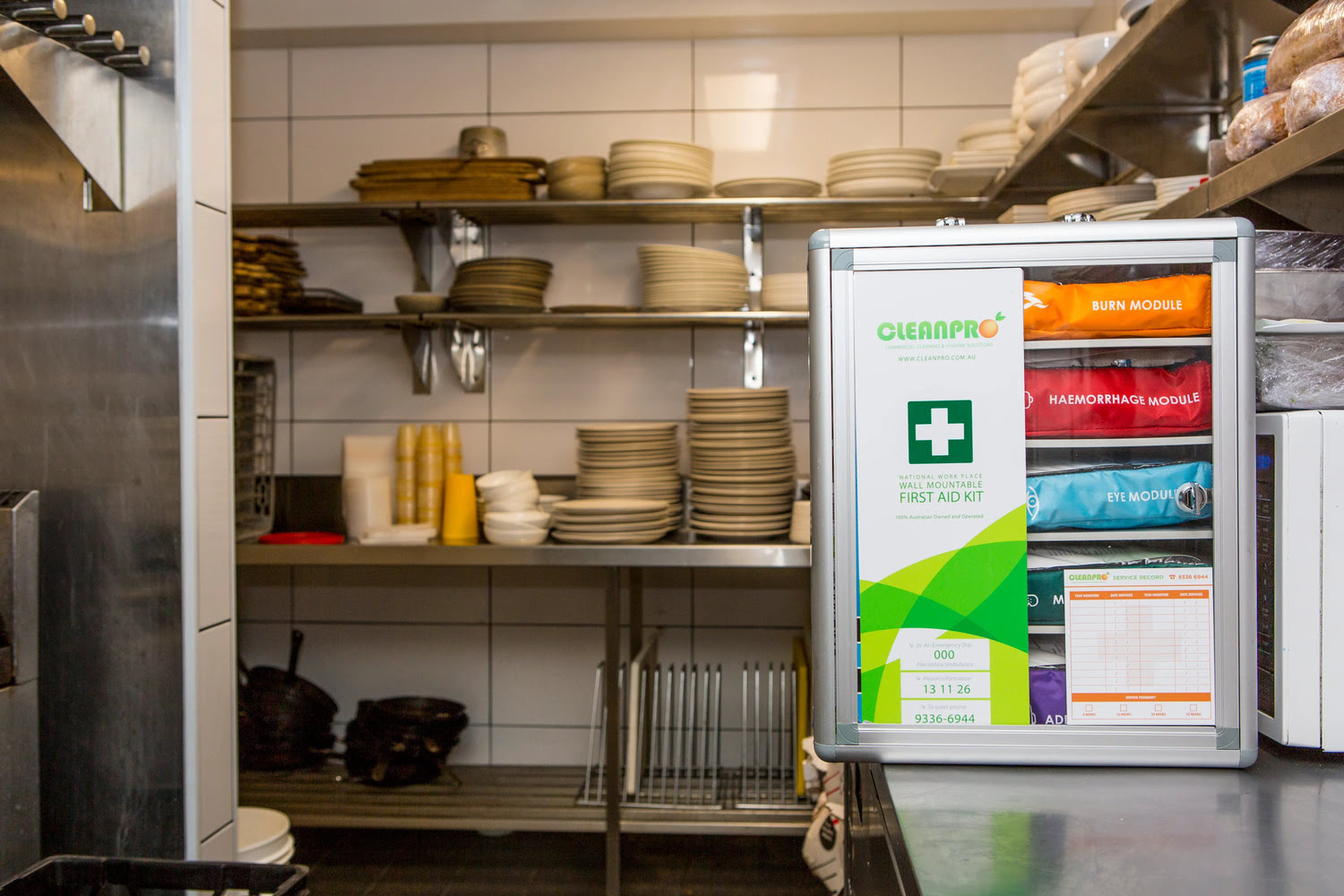
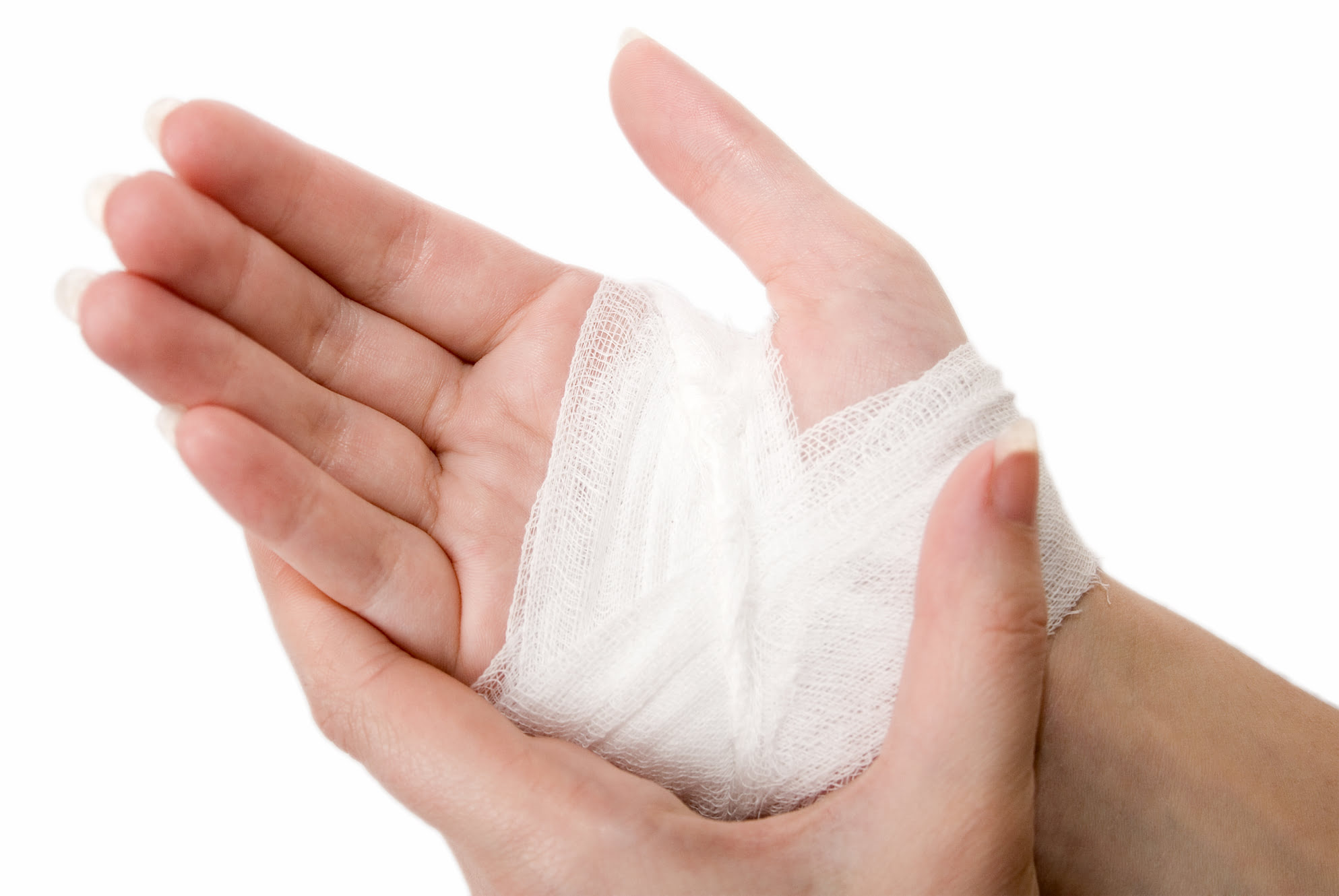
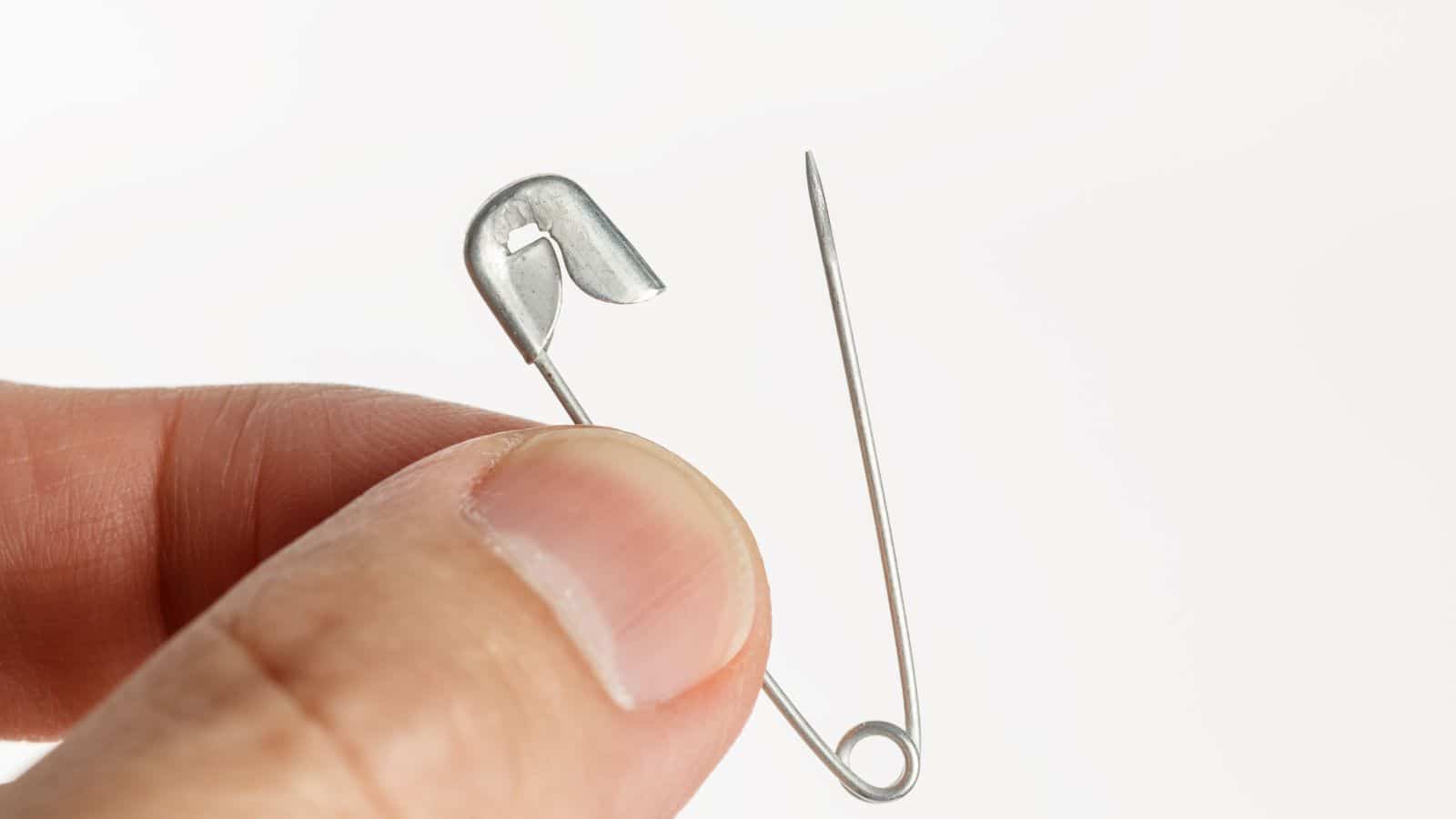

0 thoughts on “Who Invented The First Aid Kit”